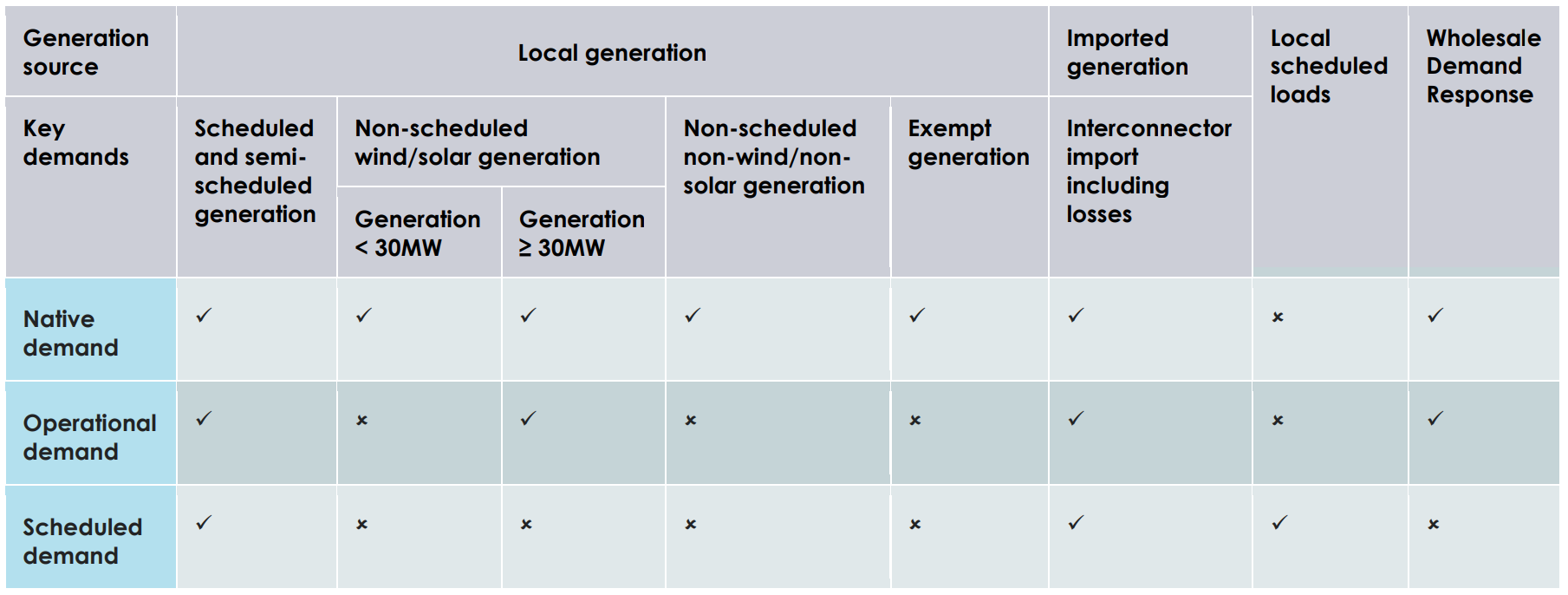On Sunday from 1pm to 1:30pm (ACDT) in South Australia, minimum operational demand hit a new record low of 104 megawatts (MW), down 45 per cent from the previous record of 188 MW on 31 October 2021.
During this 30-minute period1, estimated rooftop solar PV output was 1,220 MW, accounting for 92% of the region’s underlying electricity demand, a new record.
At 1:05pm, AEMO was directing approximately 120 MWs of gas to maintain power system stability in South Australia with the high proportion of renewable energy generation.
In addition to the 120 MW of directed gas generation, a further 16 MW of gas, 130 MW of wind and 46 MW of grid solar generation in South Australia was bidding into the National Electricity Market (NEM).
All of this electricity, and 38 MW of excess rooftop solar PV, was exported into Victoria via the two interconnectors into Victoria for consumption in the NEM.
This resulted in a scheduled demand of -38 MW and a total demand of -46 MW, when accounting for interconnector electricity losses, as displayed through AEMO’s NEMDE market management system.
AEMO Executive General Manager Operations, Michael Gatt, said: “South Australia had negative electricity demand on Sunday for several five-minute trading intervals, which is a first for the NEM.
“This happened because the combined volume of surplus rooftop solar PV and non-scheduled solar and wind generation was greater than electricity consumed in South Australia.
“The NEM performed as expected during this unique event, made possible by directing gas plants to maintain system strength and capacity available via the Victoria-South Australia interconnectors to spill the excess rooftop solar and dispatch the 350 MW of electricity sold into the NEM,” he said.
AEMO uses and reports three key demand measurements, as described in the AEMO Demand Terms in EMMS Data Model publication.
1AEMO calculates operational minimum demand over a 30-minute period rather than every five minutes as it’s more accurate with current systems.








